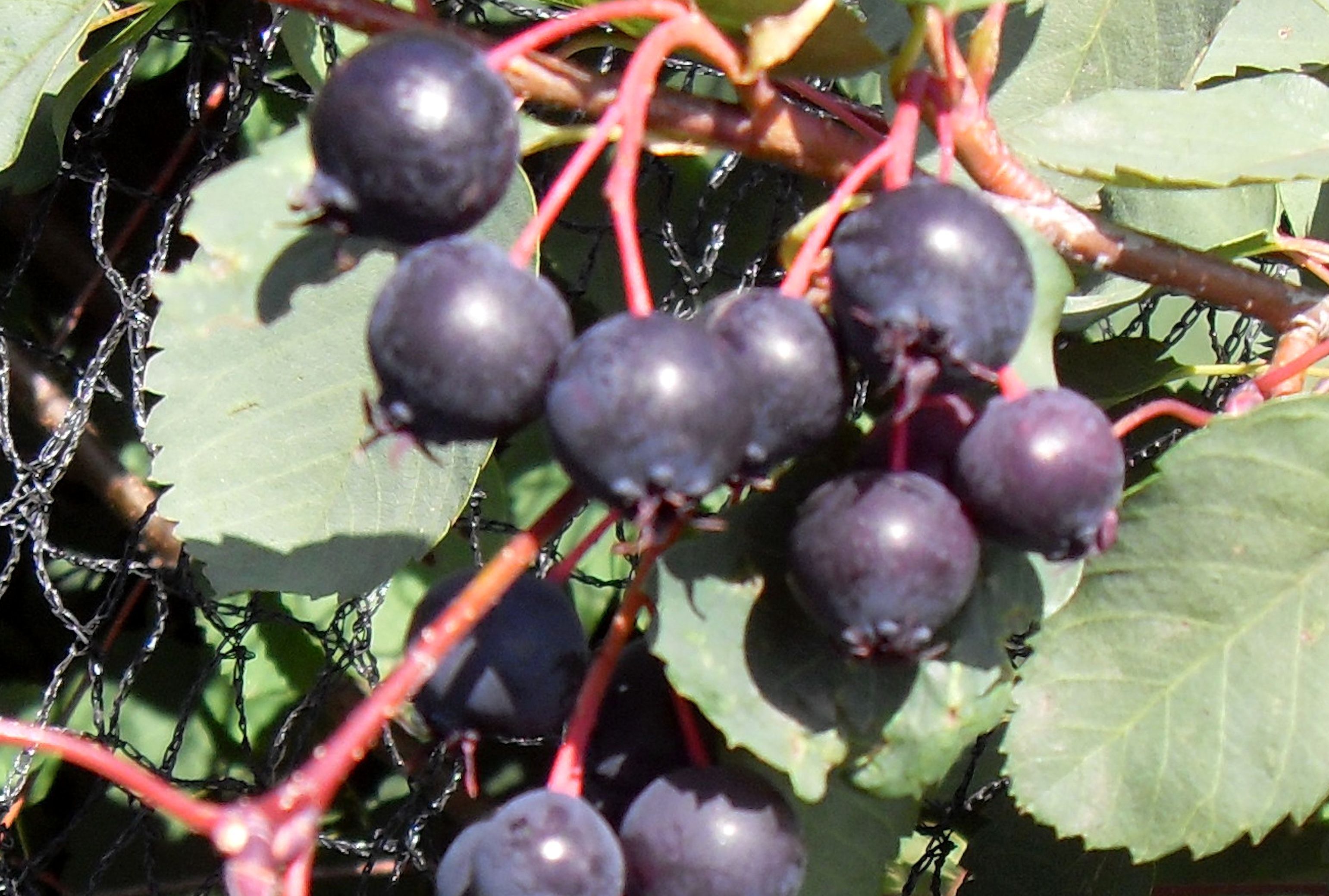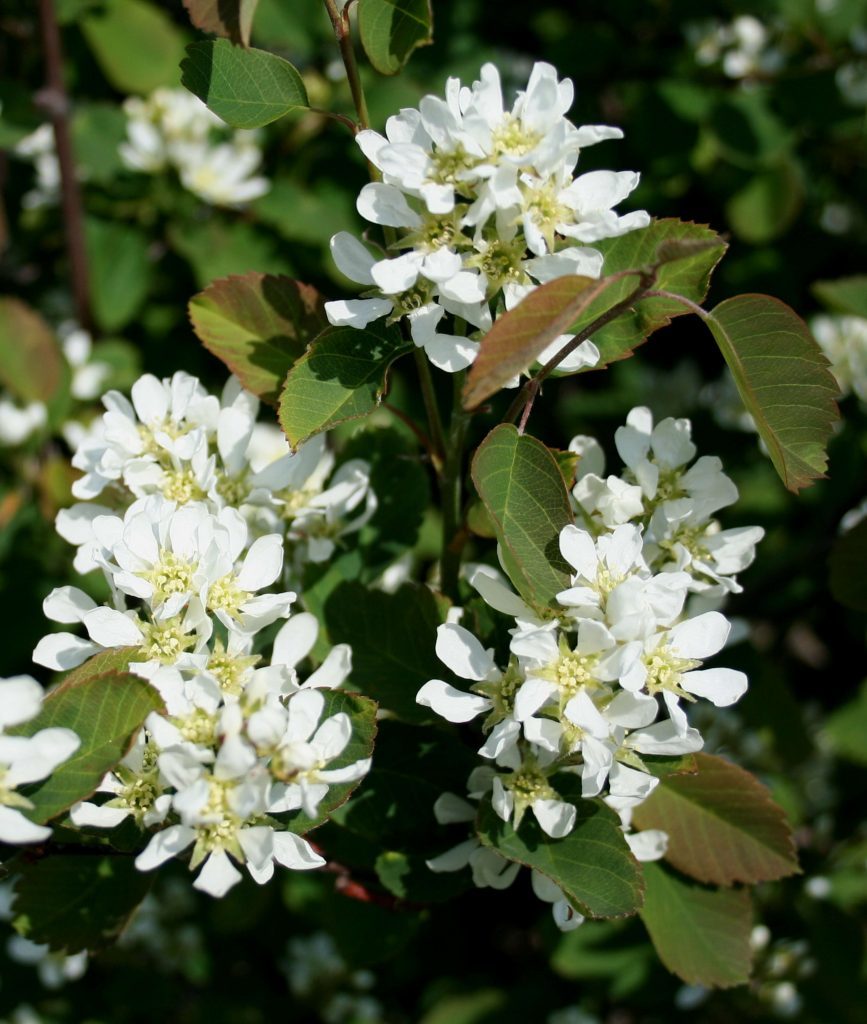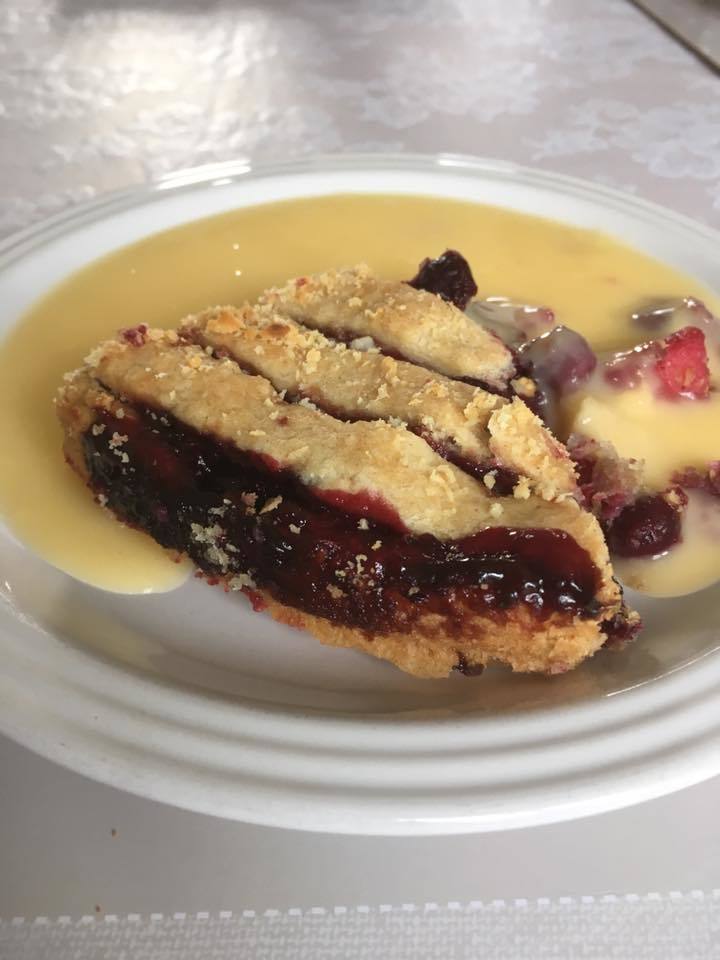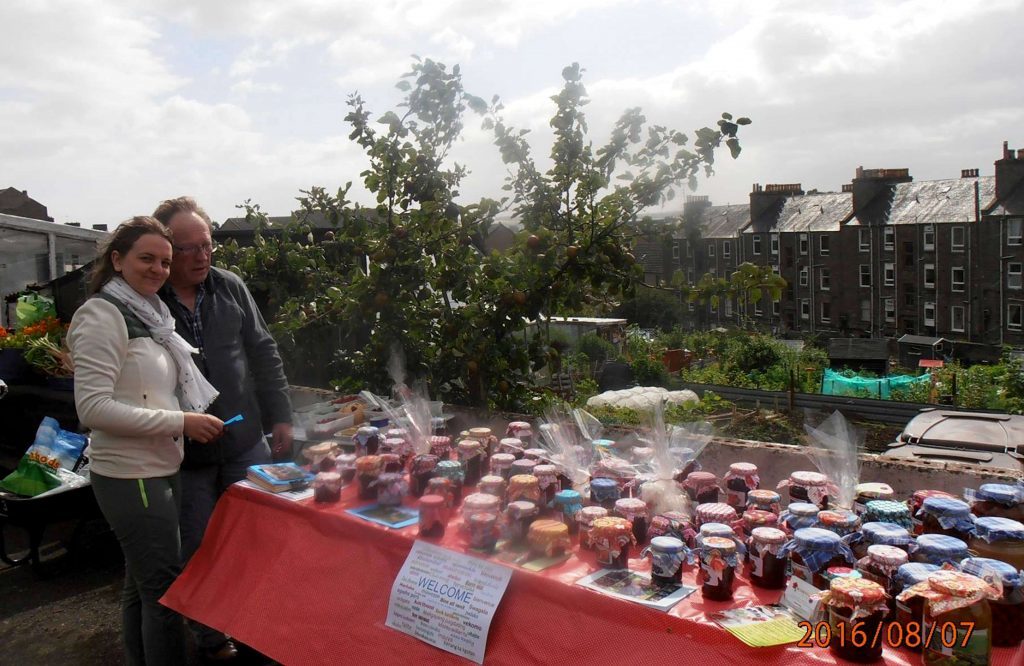June berries are another name for the Saskatoon berry which is slowly becoming popular with gardeners all over UK.
At present there is only one commercial grower down in Worcestershire called Pershore Juneberries and this is a relatively new undertaking producing fresh berries in season and frozen fruit as well as numerous Saskatoon products.
June berries grow naturally along the north west of Canada right up to Alaska so in their natural habitat they enjoy warm summers and very cold winters.
My best ever crop was in 2011 after the severe winter of 2010 when my bushes just loved the cold weather.
Although they seem to need a good winter chill I got a massive crop last year when the previous winter was relatively mild.
This year following a very mild winter my crop is lighter than usual but picking date still the same from mid to the end of July.
Native Americans have been using the fruit for hundreds of years, eating it fresh, using it in soups and cakes, and mixing it with dried grated buffalo meat and fat to make pemmican.
This is dried and stored for use throughout winter.
June berries were growing prolifically along the banks of the Saskatchewan River and when the town grew up at this location it was named Saskatoon after the anglicized version of the Cree name.
Harvesting over on the Canadian prairies is done by machine, hand pickers and nearly half the crop by pick your own, as people love a day in the country picking native fruit.
The fruit is high in iron, magnesium, potassium, calcium, vitamin C and very high in antioxidants.
The berries can be eaten fresh during the picking season of nearly one month and used in jams, compote, pie fillings, yoghurt, and makes a brilliant wine and liqueur.
The berries freeze well for future use. Combine them with rhubarb which adds some acidity to balance the sweetness of the fruit for jams and compote.
The bushes are quite dense with a strong root system, making them perfect for landscape planting in shelterbelts, hedges, urban and edible landscapes and on slopes viable to soil erosion.
The bushes sucker quite freely so chop these out annually otherwise the rows would get too wide to manage.
Growers started selecting the best varieties and propagated these to produce the superior varieties Smoky and Pembina many years ago.
Smoky was the main variety used in the first orchards established about forty years ago.
Later as demand for this new fruit exploded micropropagation techniques were used to bulk up other varieties including Thiessen (this one has the largest fruit size), Northline, Martin and Honeywood.
Saskatoons or Juneberries tolerate a wide range of soils from acidic to those with a high pH, clay, sandy, loams and are very easy to grow.
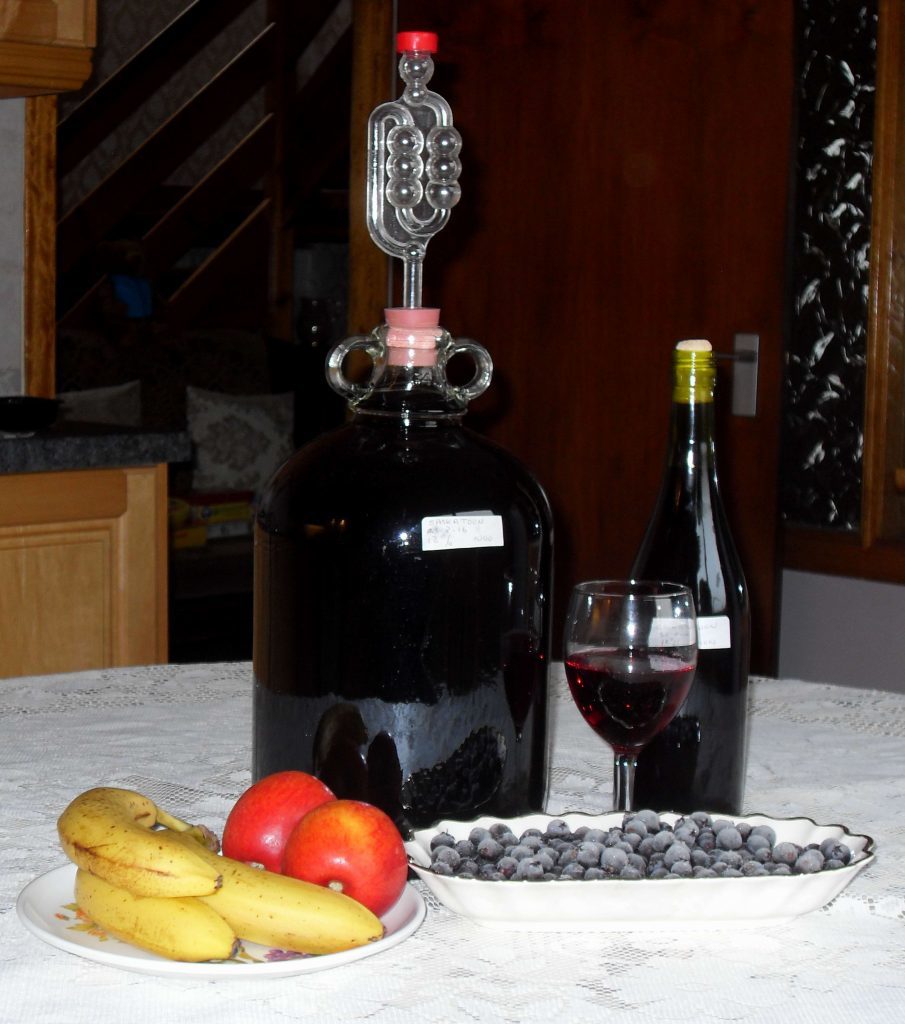
For garden cultivations plant single bushes about 6 to 8 feet apart, or 3 feet apart for hedgerows.
Left without pruning they would grow into small trees but in gardens they need pruning to keep the height down for picking and netting as birds just love these fruits. Cut out a one or two tall shoots every year right down to ground level in winter. These will regenerate with fresh new shoots which keeps the bush young and wont need pruning for another five years.
They will produce 6 to 10 lbs fruit per bush and crop for over twenty years
Wee jobs to do this week
City Road Allotments Open Day Sunday 30th July 2017
Visit the City Road Allotment Gardens Open Day (entrance at junction with Pitfour Street) and see allotment life, enjoy a coffee or tea with fresh baking and select from our fresh fruit, vegetables, jams, chutneys and garden plants, including saskatoon bushes, grape vines, geraniums and fuchsias. There is plenty entertainment for the kids, so bring them along and cultivate their interest in plants and the land.
Free parking along City Road, free entry to our Open Day starting at 11am and open till 3pm.
